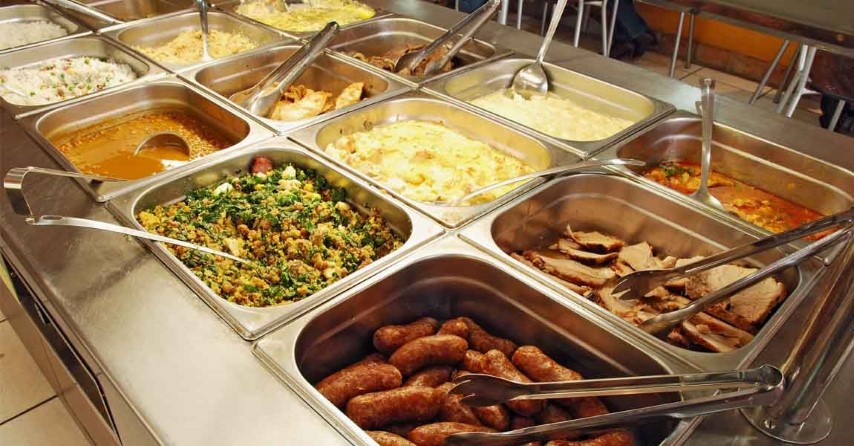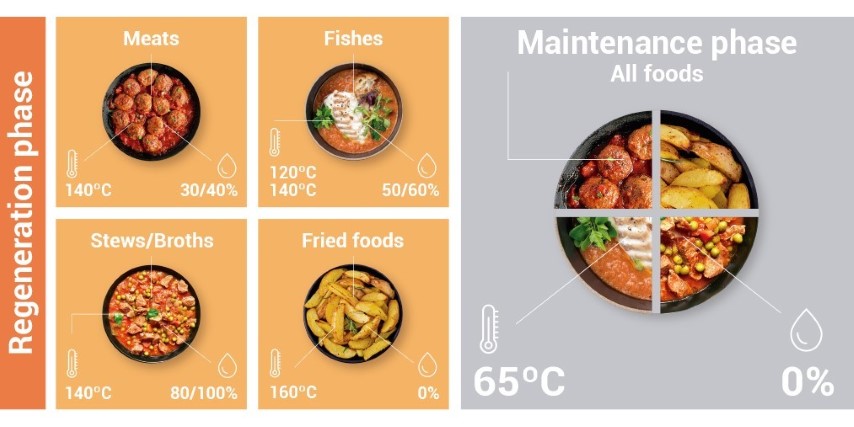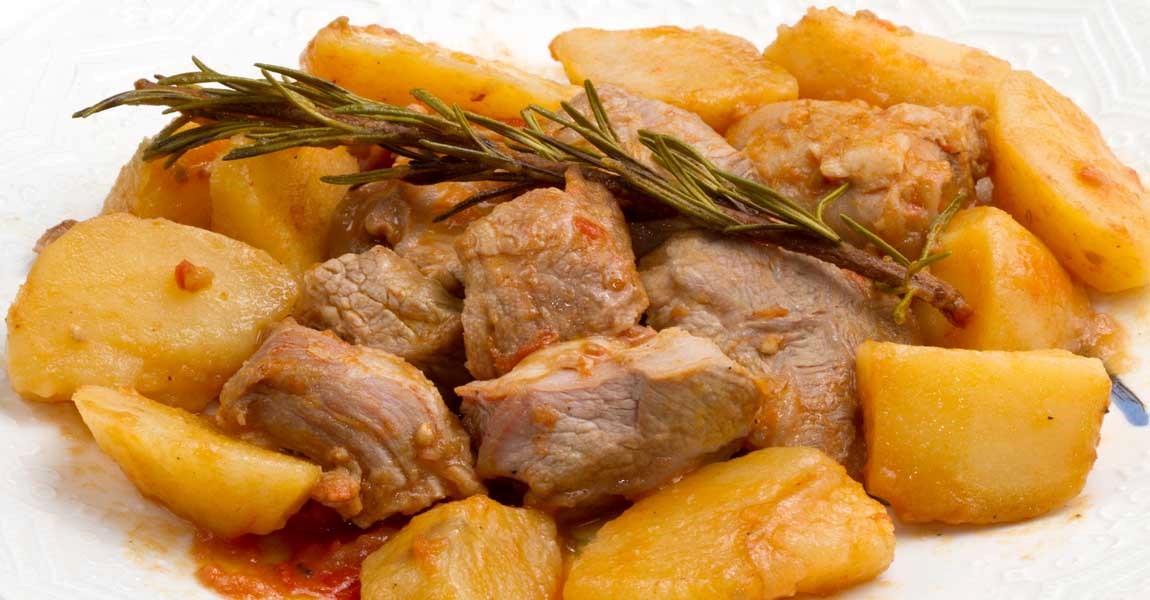-
×
 Gelato Combo Machine - Ready 30/45 WF
1 × 0฿
Gelato Combo Machine - Ready 30/45 WF
1 × 0฿ -
×
 Proofer cabinet
1 × 0฿
Proofer cabinet
1 × 0฿ -
×
 OneShow Base Gelato Display-ISA
1 × 0฿
OneShow Base Gelato Display-ISA
1 × 0฿
Subtotal: 0฿

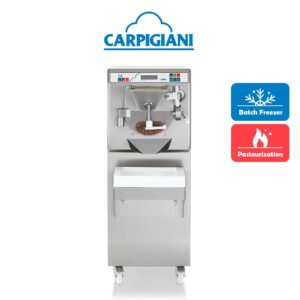 Gelato Combo Machine - Ready 30/45 WF
Gelato Combo Machine - Ready 30/45 WF 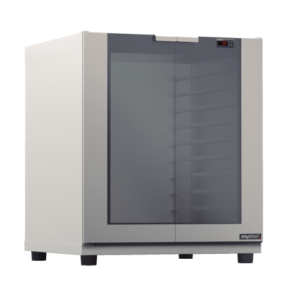 Proofer cabinet
Proofer cabinet 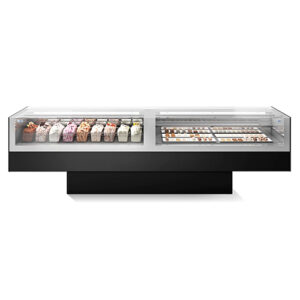 OneShow Base Gelato Display-ISA
OneShow Base Gelato Display-ISA 
